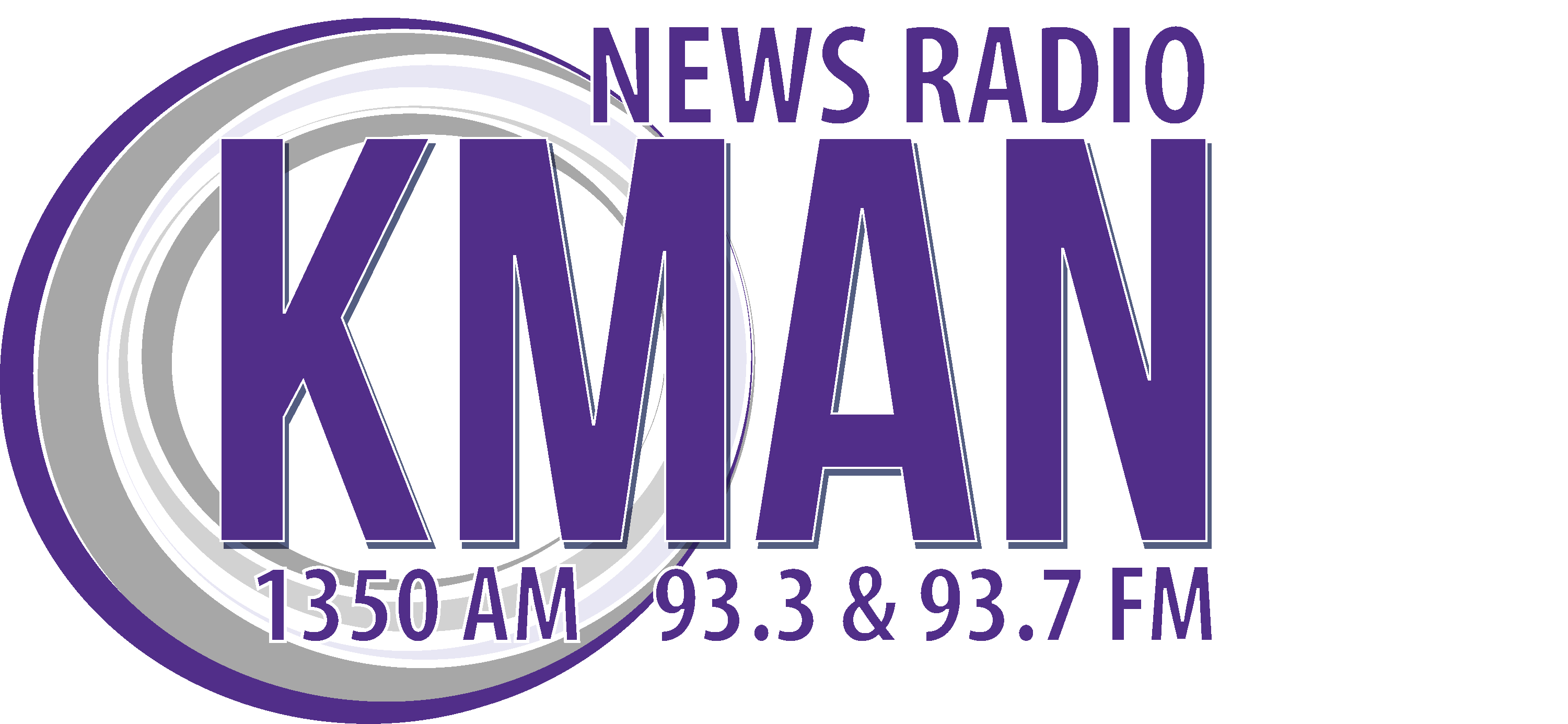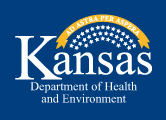TOPEKA, Kan. – (July 10, 2014) The Kansas Department of Health and Environment (KDHE) samples publicly accessible bodies of water for cyanobacteria, commonly called blue-green algae, when the agency is alerted to a potential algae bloom in Kansas lakes. When harmful algal blooms are present, KDHE, in cooperation with the Kansas Department of Wildlife, Parks and Tourism (KDWPT) and other lake managers where appropriate, responds by informing the public of these conditions.
KDWPT reminds visitors that a lake under an Advisory or Warning is not closed unless officials deem it absolutely necessary. Marinas, lakeside businesses and park camping facilities remain open for business, although swim beaches may be closed. Park drinking water and showers are safe and not affected by the algae bloom. It is generally safe to boat and fish as long as long as contact with the water is avoided. Also, it is safe to eat fish caught during a harmful blue-green algae outbreak, as long as consumers clean and rinse the fish with clean water; consume only the fillet portion; and discard all other parts. People should also wash their hands with clean water after handling fish taken from an affected lake.
Kansans should be aware that blooms are unpredictable. They can develop rapidly and may float around the lake, requiring visitors to exercise their best judgment. If there is scum, a paint-like surface, or the water is bright green, avoid contact and keep pets away. These are indications that a harmful bloom may be present. KDHE and KDWPT urge dog owners to be particularly mindful of the presence of blue-green algae. Dogs that swim in or drink water affected by a harmful algal bloom or eat dried algae along the shore may become seriously ill or die.
As a result of this week’s water sampling, the health advisory has been lifted at Old Herington Lake in Dickinson County. Based upon sampling results and established health risk levels, the following Warnings and Advisories are in place.
CURRENT WARNINGS & ADVISORIES
Public Health Warning: High levels of toxic blue-green algae have been detected. A Public Health Warning indicates that water conditions are unsafe and direct water contact (wading, skiing and swimming) should be prohibited.
Kansas public waters currently under a Warning status:
MARION RESERVOIR (Separate from Marion County Lake), Marion County
MEMORIAL PARK LAKE (Veteran’s Lake), Barton County
MILFORD RESERVIOR, Clay, Geary and Dickinson Counties
SOUTH PARK LAKE, Johnson County
LAKE WARNOCK (Atchison City Lake), Atchison County
CEDAR BROOK POND, Sedgwick County
When a Warning is issued, KDHE recommends the following precautions be taken:
· Humans, pets and livestock do not drink lake water
· Water contact should be prohibited. Avoid swimming, wading or other activities with full body contact of lake water
· Clean fish and rinse with clean water, consume only the fillet portion, and discard all other parts
· Do not allow pets to eat dried algae
· If lake water contacts skin or pet fur, wash with clean potable water as soon as possible
· Avoid areas of visible algae accumulation


